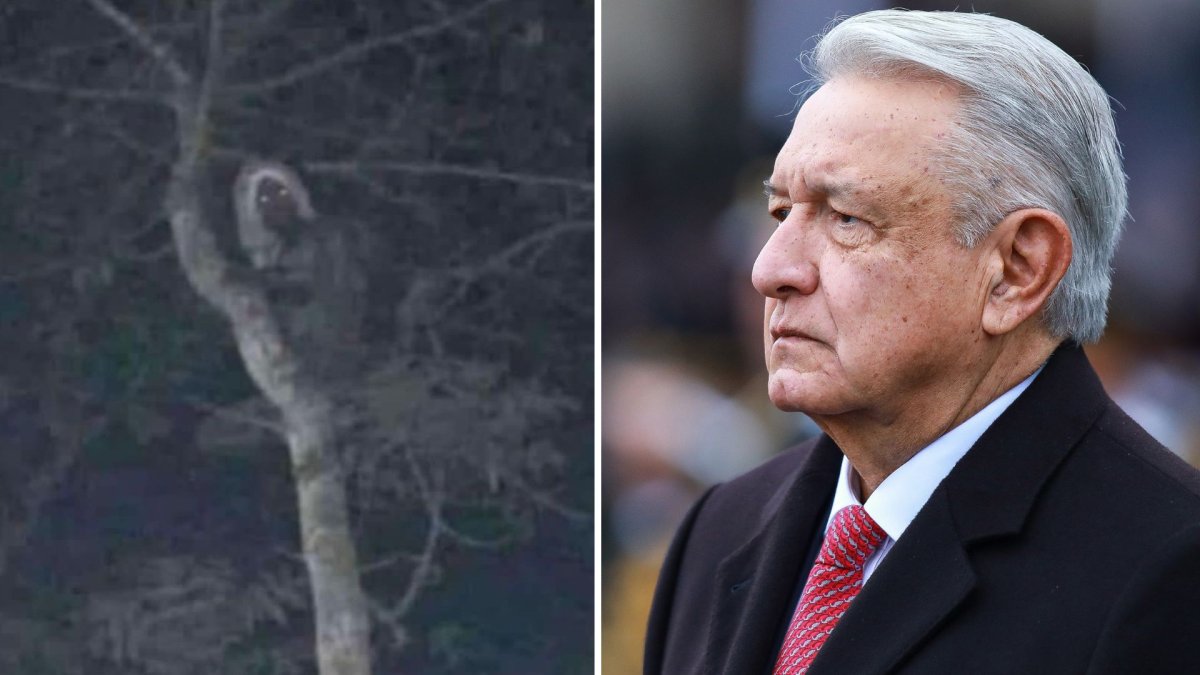According to Mexico‘s president, Andrés Manuel López Obrador, there are “mystical” beings all around us — but when he shared a photo of what he claimed to be a creature akin to an elf, folks online were quick to eliminate any mysticism.

On Saturday, the president posted an image on Twitter of what he claimed was an “aluxe” – a small, mischief-making, woodland spirit from Mayan tradition. It is common for some believers to leave little offerings in an attempt to appease the tricky spirits often thought to steal objects.
Obrador shared two photos, one of the alleged aluxe and another of an ancient sculpture depicting the spirit in Ek’ Balam, a Yucatec-Maya archaeological site in Mexico.
In Spanish, Obrador wrote that the image of the aluxe was taken on Wednesday by an engineer working to develop a new tourist train in the country.
“Everything is mystical,” Obrador wrote in Spanish.
In the dark photo, a blurry, shadowy figure is seen sitting in a tree. There appears to be something on the figure’s head. Two circular lights — potentially stars — make up the aluxe’s eyes.
The president’s tweet has been shared nearly 8,000 times.
Though Obrador said the photo was taken by an engineer on Wednesday, the image is much older than that. USA Today reported that the photo was shared online in February 2021 when a man said he saw the unknown creature in a park in Manchester, England.
The next day, Mexican media outlets said the photo was of a “witch” in Nuevo León in northeast Mexico, as per USA Today.
The ancient Mayan civilization reached its height from 300 A.D. to 900 A.D. on the Yucatan Peninsula and in adjacent parts of Central America, but the Mayans’ descendants continue to live on the peninsula.
Many continue speaking the Mayan language and wearing traditional clothing, while also conserving traditional foods, crops, religion and medicine practices, despite the conquest of the region by the Spanish between 1527 and 1546.
— with files from The Associated Press.







Comments